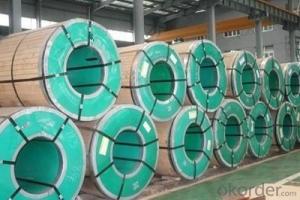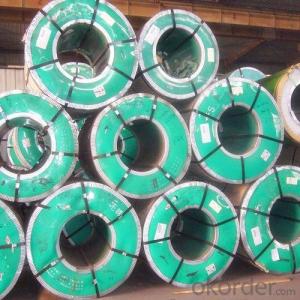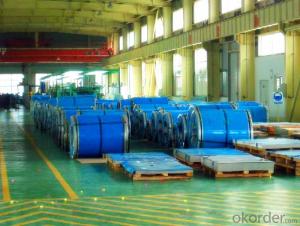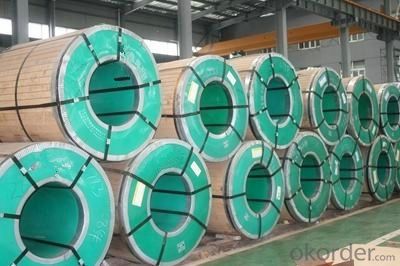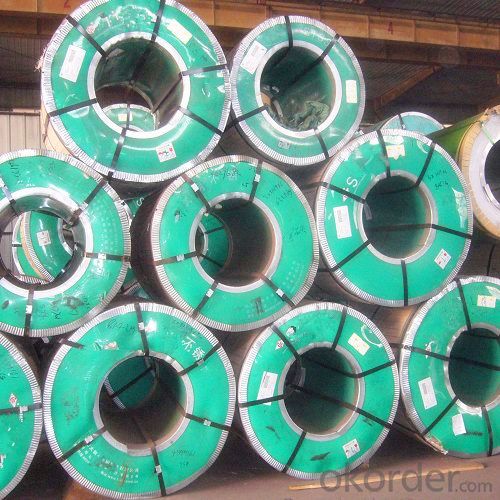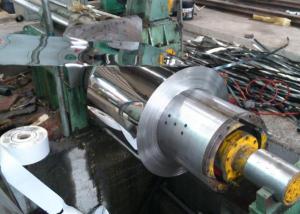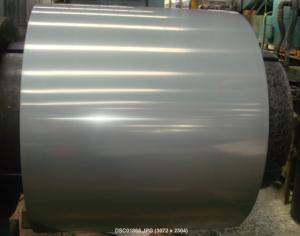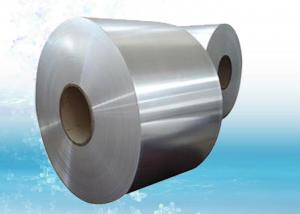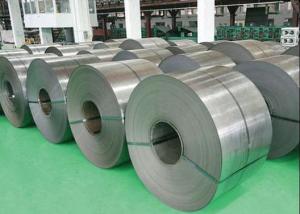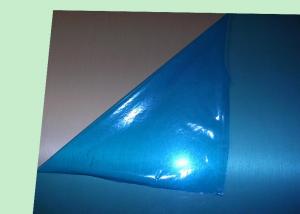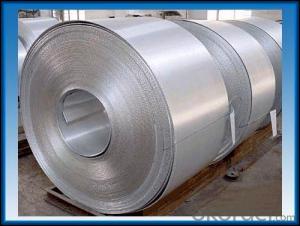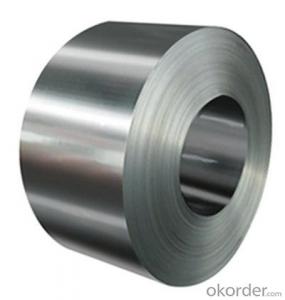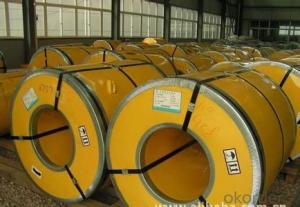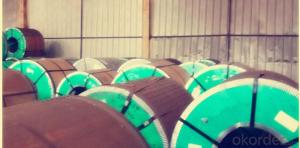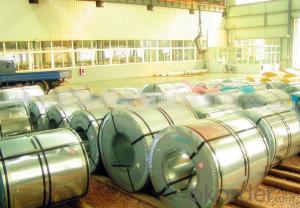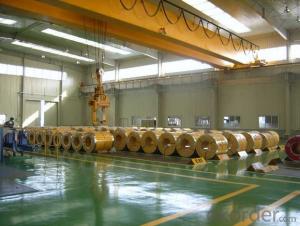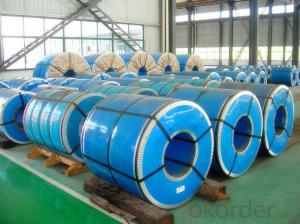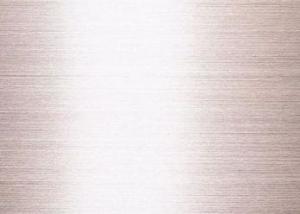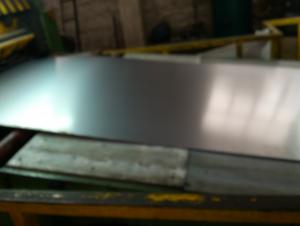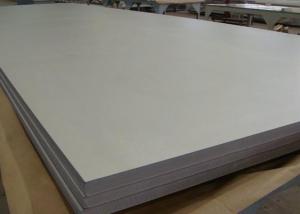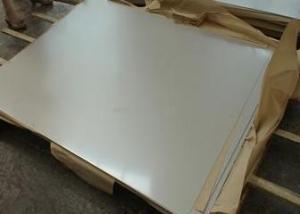Stainless Steel Coil 304 Hot Rolled Wide & Narrow No.1 Finish
- Loading Port:
- Guangzhou
- Payment Terms:
- TT OR LC
- Min Order Qty:
- 100 m.t.
- Supply Capability:
- 8000 m.t./month
OKorder Service Pledge
OKorder Financial Service
You Might Also Like
Grade: | 300 Series | Standard: | JIS,AISI,ASTM,GB,DIN,EN etc | Thickness: | 2.5mm, 3.0mm, 4.0mm |
Width: | 550mm-1500mm | Length: | according to weight | Place of Origin: | China (Mainland) |
Brand Name: | CNBM | Model Number: | 304 | Technique: | Hot Rolled |
Application: | industry, construction, furniture, repairing | Certification: | MTC | Finishing: | NO.1 |
Market: | globle area | Packaged: | wooden and bags in cases as standard | Payment: | TT & LC |
Delivery time: | 15 days | MOQ: | 100 tons | Advantage: | prime quality, competitive price |
Profession: | hot rolled | Charactor: | stainless steel coils | Material/Grade: | 304 |
Hot Rolled Stainless Steel Coil 304 Annealing and Pickling No.1 Finish
Stainless steel is a production which not easy rust,acid resistance and corrosion resistance,so it is widely
used in light industry,heavy industry,daily necessities and the decoration industry.
Hot Rolled Stainless Steel Coil 304 Specifications
1.surface:NO.1
2.standard:JIS, AISI, GB
3.width: 0.55m, 0.65m, 1.0m, 1.22m, 1.5m, 2m or requirement
Hot Rolled Stainless Steel Coil 304 Chemical Composition:
(%):C=0.07, Mn=2.00, P=0.045, S=0.030, Si=0.075, Cr=17.5-19.5, Ni=8.0-10.5, N=0.10
Hot Rolled Stainless Steel Coil 304 Physical Properties
Tensile strength σb (MPa) ≥ 520
the conditions yield strength σ0.2 (MPa) ≥ 205,
elongation δ5 (%) ≥ 40
Reduction of ψ (%) ≥ 50,
hardness: ≤ 187
HB; ≤ 90
HRB; ≤ 200H
- Q: Can stainless steel strips be coated or painted?
- Yes, stainless steel strips can be coated or painted. Coating or painting stainless steel strips can provide a protective layer to prevent corrosion, enhance the appearance, or achieve a specific color or finish. There are various methods for coating or painting stainless steel, including powder coating, electroplating, and liquid paint. However, it is important to note that the surface of stainless steel must be properly prepared and cleaned before applying any coating or paint to ensure adhesion and long-term durability.
- Q: What is the typical lead time for stainless steel strip production?
- The lead time for stainless steel strip production can vary depending on different factors. These factors include the complexity of the order, the quantity needed, and the current market conditions. In general, lead times can range from a few weeks to several months. For standard production of stainless steel strip, where the specifications and quantity needed are normal, the lead time is usually shorter. In these cases, it typically takes around 4-8 weeks to complete the production process. This includes sourcing materials, processing, and quality control. However, for customized or specialty production of stainless steel strip, which involves specific dimensions, finishes, or unique requirements, the lead time can be longer. This may require additional time for design consultations, tooling development, and testing. As a result, the lead times can be 2-6 months or even longer. External factors such as supply and demand, availability of raw materials, and production capacities can also affect lead times. When there is high demand or disruptions in the supply chain, lead times may increase due to higher order volumes and potential delays in material sourcing. To get an accurate estimate of the lead time based on your specific requirements, it is important to communicate with the stainless steel strip manufacturer or supplier. They will consider various factors and provide you with a more precise timeline for production and delivery.
- Q: Are stainless steel strips suitable for storage tanks?
- Indeed, storage tanks can benefit from the use of stainless steel strips. This material is renowned for its durability and resistance to corrosion, making it an ideal choice for the storage of a wide range of substances. It boasts remarkable protection against rust, oxidation, and chemical reactions, thus ensuring the integrity of the stored materials. Furthermore, stainless steel strips are recognized for their robustness and stability, providing structural support to storage tanks. Moreover, stainless steel is easily cleaned and maintained, reducing the risk of contamination or degradation of the stored substances. In conclusion, stainless steel strips offer a dependable and enduring solution for storage tanks across various industries, including food and beverage, pharmaceuticals, and chemical storage.
- Q: Can stainless steel strips be used in the medical implants?
- Yes, stainless steel strips can be used in medical implants. Stainless steel is a durable and corrosion-resistant material, making it suitable for use in medical devices and implants. It is commonly used in orthopedic implants such as bone plates, screws, and wires, as well as in cardiovascular stents and dental implants. Stainless steel offers excellent biocompatibility, meaning it is compatible with the human body and does not cause adverse reactions or toxicity. Additionally, stainless steel can be easily sterilized, which is crucial for medical implants to prevent infections. Overall, stainless steel strips are a reliable and commonly used material in the production of medical implants.
- Q: How do stainless steel strips perform in high-humidity environments?
- Stainless steel strips are highly resistant to corrosion and are therefore suitable for use in high-humidity environments. The chromium content in stainless steel forms a protective layer on the surface, preventing the metal from interacting with moisture and humidity. This protective layer, known as the passive film, remains intact even in high-humidity conditions, ensuring that the stainless steel strip maintains its structural integrity. Additionally, stainless steel has a low thermal conductivity, which means it does not easily absorb or retain moisture from the surrounding environment. This property further enhances its performance in high-humidity environments by reducing the risk of moisture buildup and subsequent corrosion. In summary, stainless steel strips are an excellent choice for applications in high-humidity environments due to their corrosion-resistant properties and ability to withstand moisture without compromising their performance or structural integrity.
- Q: Can stainless steel strips be used in outdoor applications?
- Yes, stainless steel strips can be used in outdoor applications. Stainless steel is highly resistant to corrosion, making it ideal for outdoor environments where it may be exposed to moisture, humidity, and other elements. Additionally, stainless steel is known for its durability and strength, which makes it suitable for various outdoor applications such as construction, signage, and equipment. Whether it is for decorative purposes or functional use, stainless steel strips can withstand the harsh outdoor conditions and provide long-lasting performance.
- Q: Can stainless steel strips be polished?
- Yes, stainless steel strips can be polished. Polishing stainless steel strips helps to improve their appearance by creating a smooth and shiny surface.
- Q: Can stainless steel strips be used in transportation applications?
- Yes, stainless steel strips can certainly be used in transportation applications. Stainless steel is known for its high strength and durability, which makes it suitable for various transportation components. It is commonly used in the automotive industry for manufacturing parts such as exhaust systems, body panels, and trim. Stainless steel strips are also used in the aerospace industry to make aircraft components, including frames, brackets, and fittings. Additionally, stainless steel's resistance to corrosion and oxidation makes it ideal for marine transportation applications, such as boat building and shipbuilding. Overall, stainless steel strips are versatile and reliable materials for transportation applications due to their strength, durability, and resistance to environmental factors.
- Q: Can stainless steel strips be used in the production of jewelry?
- Yes, stainless steel strips can be used in the production of jewelry. Stainless steel is a durable and corrosion-resistant material, making it suitable for jewelry that needs to withstand daily wear and tear. It can be used to create various types of jewelry, including rings, bracelets, necklaces, and earrings. Stainless steel strips can be easily shaped, engraved, or textured to create unique and intricate designs. Additionally, stainless steel jewelry is affordable compared to other precious metals, making it an attractive option for both consumers and jewelry makers.
- Q: How do stainless steel strips perform in seawater environments?
- Stainless steel strips are highly resistant to corrosion and perform exceptionally well in seawater environments. Due to their composition, which includes a significant amount of chromium, stainless steel strips form a passive oxide layer on their surface that acts as a protective barrier against corrosion. This oxide layer prevents direct contact between the steel and the corrosive elements present in seawater, such as salt and moisture. Furthermore, stainless steel strips exhibit excellent resistance to pitting and crevice corrosion, which are common forms of corrosion in marine environments. This resistance is primarily attributed to the high levels of chromium and nickel present in stainless steel. These elements enhance the steel's ability to withstand the aggressive nature of seawater, ensuring its durability and longevity. Stainless steel strips also have the advantage of being highly versatile and adaptable, making them suitable for various applications in seawater environments. They can be easily formed, welded, and fabricated into different shapes and sizes, providing flexibility in design and construction. Overall, stainless steel strips are an excellent choice for use in seawater environments due to their exceptional corrosion resistance, durability, and versatility. They offer long-lasting performance, minimal maintenance requirements, and can withstand the harsh conditions associated with marine applications, making them a reliable and cost-effective solution.
Send your message to us
Stainless Steel Coil 304 Hot Rolled Wide & Narrow No.1 Finish
- Loading Port:
- Guangzhou
- Payment Terms:
- TT OR LC
- Min Order Qty:
- 100 m.t.
- Supply Capability:
- 8000 m.t./month
OKorder Service Pledge
OKorder Financial Service
Similar products
Hot products
Hot Searches
Related keywords
